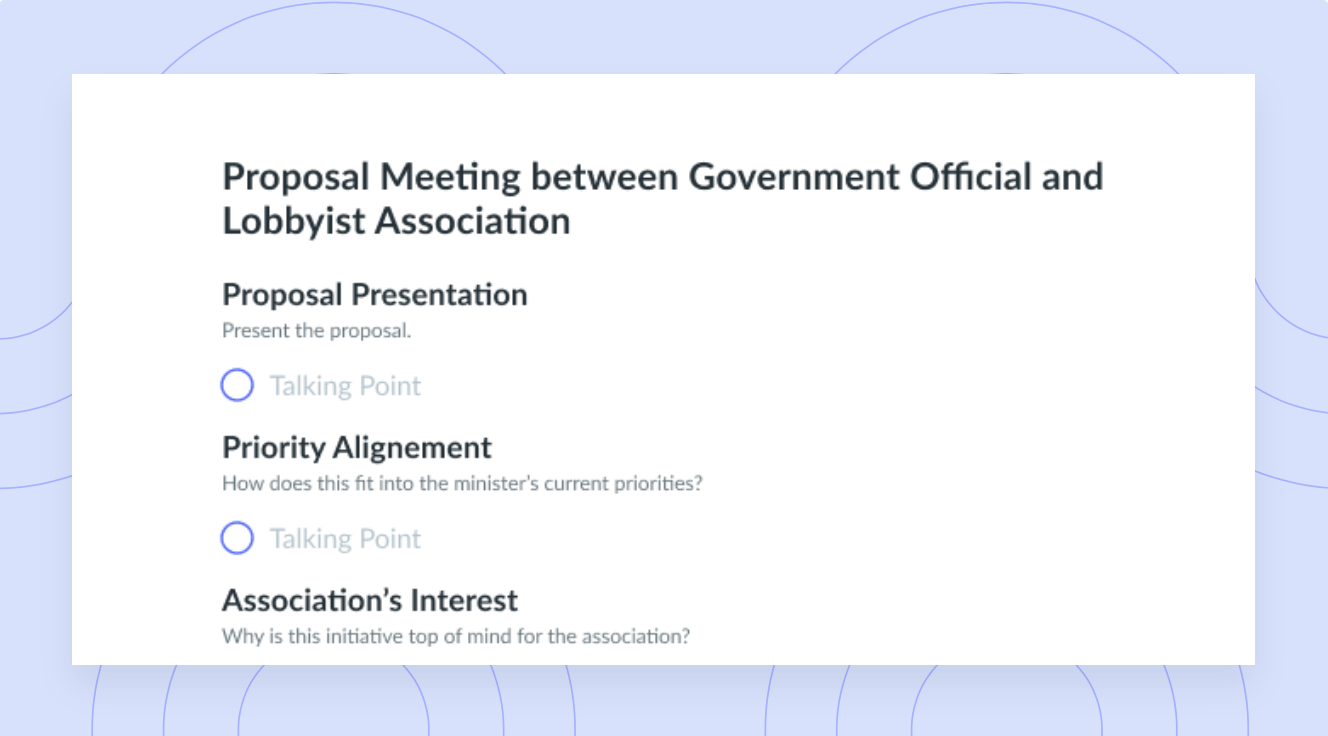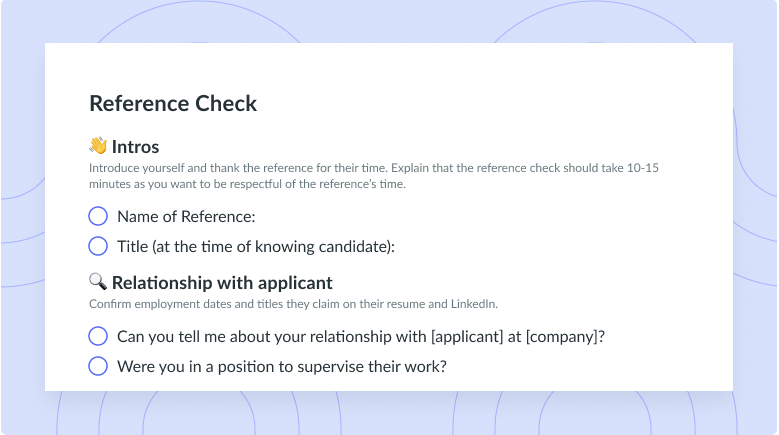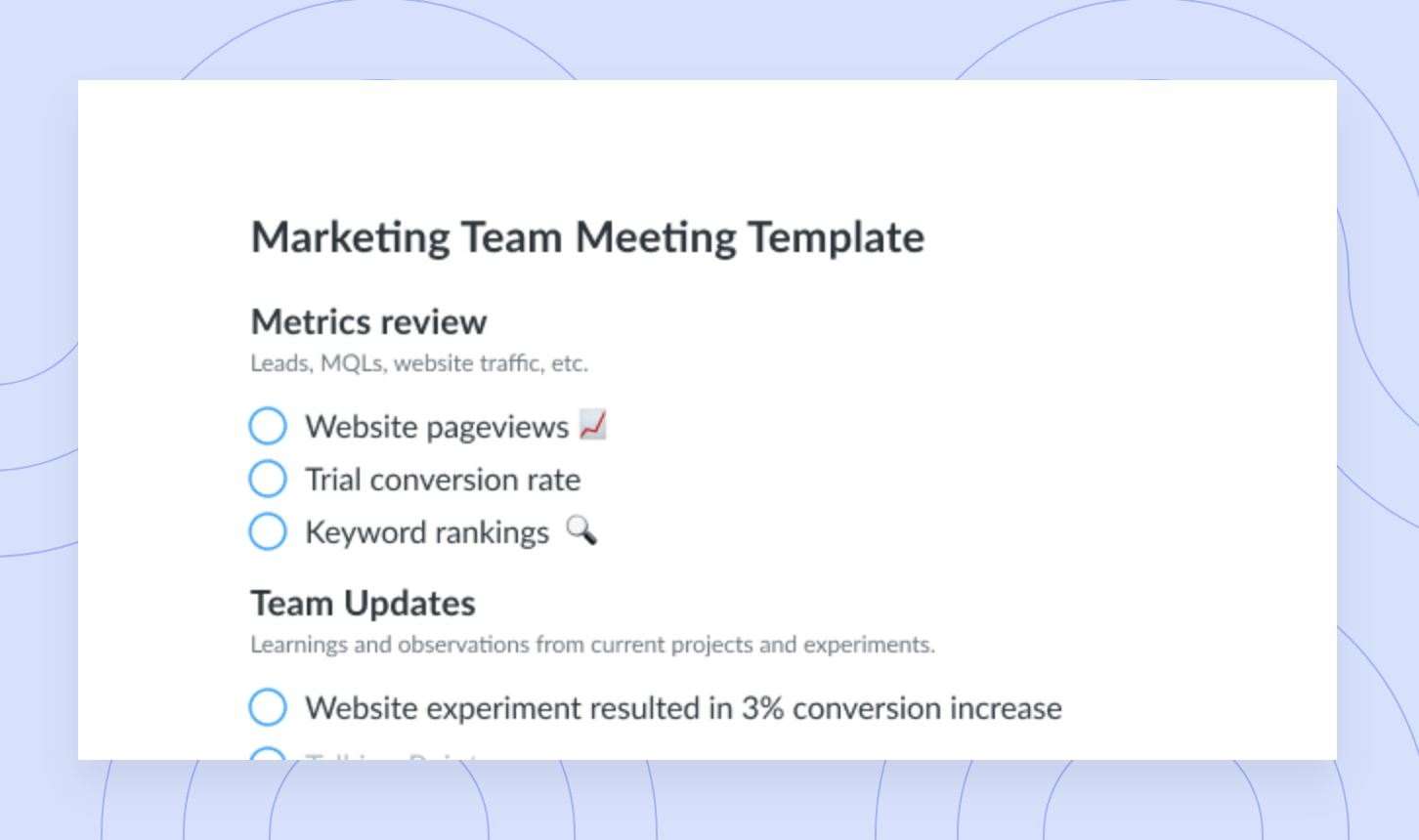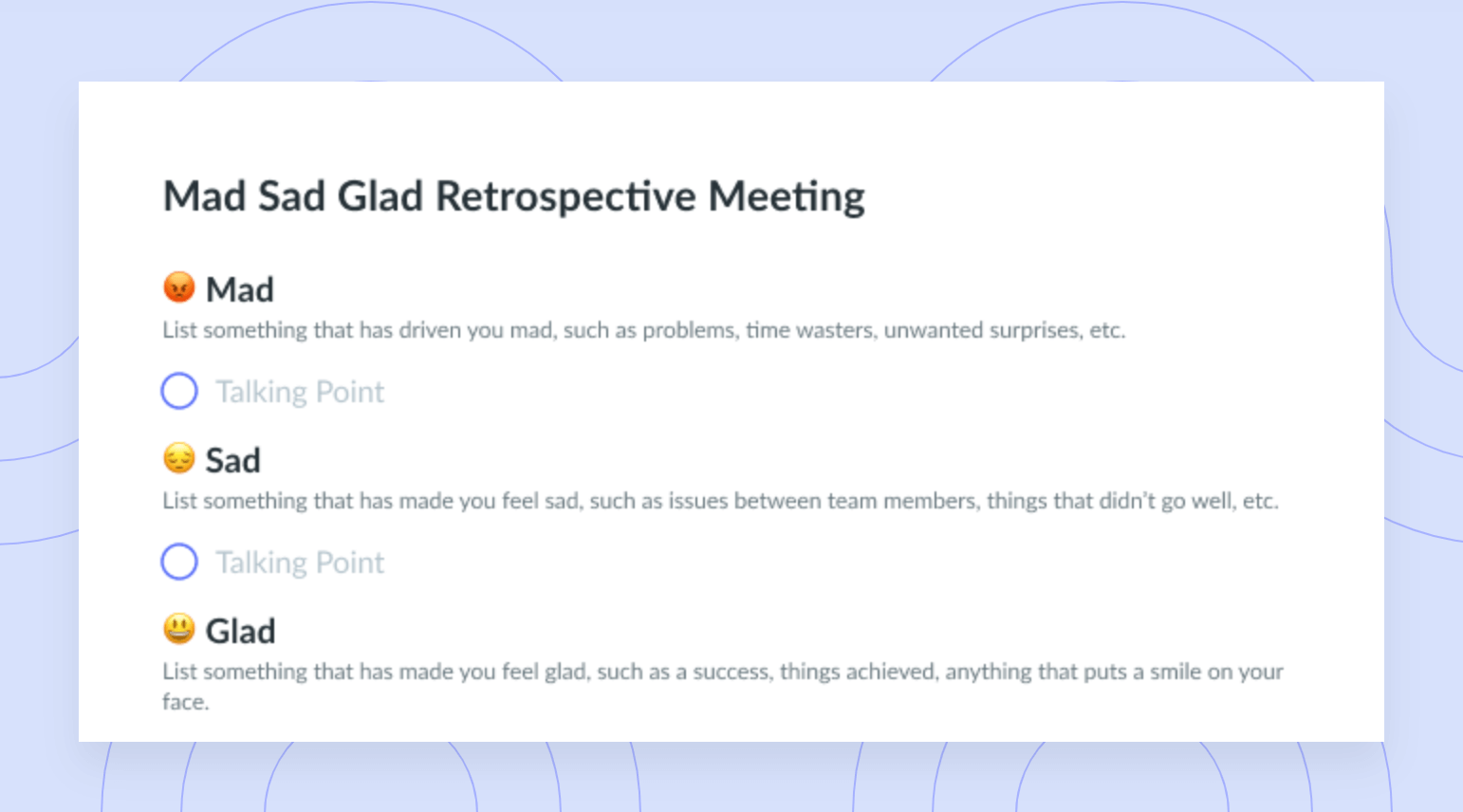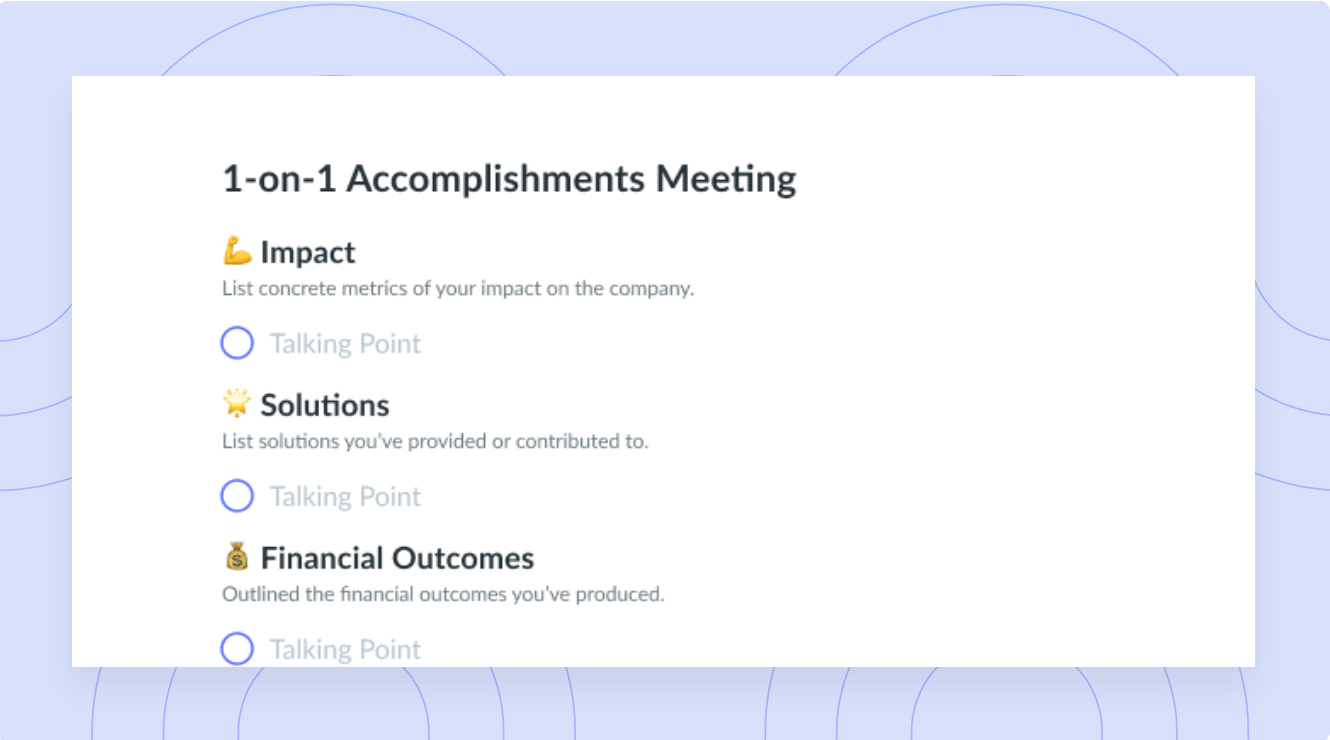Diversity, Equity, and Inclusion in the Workplace
Advice from DEI leaders and experts on how to build organizations where everyone feels supported, included, and represented.
As part of our monthly #ManagerChats series, we asked a panel of Diversity, Equity, and Inclusion experts for their advice on building anti-racist teams.
This conversation brought us unique perspectives on what it means to lead diverse and inclusive organizations, and how we can better support everyone in our companies.
- Diversity, equity, and inclusion
- Why is it important for leaders to invest in DEI?
- Where do you recommend they start?
- How can leaders shift their perspective?
- How can leaders create hiring processes?
- Impact of diversity and inclusion
1 What does diversity, equity, and inclusion mean to you?

“Diversity is being invited to the party and inclusion is being asked to dance”- Verna Myers. Equity is providing the means/resources/spaces for people to even get an invitation.”
– Alissa Carpenter, author of How to Listen and How to Be Heard

“DEI work is ultimately about constant calibration of time, energy and resources in providing same level of access to opportunities for everyone. It’s a complex theoretical ideal and goal that will mean different things to every company and to every employee.”
– Matthew J. Yazzie, Director of D+I Programs at Women 2.0

“Diversity is bringing humans with different backgrounds to the table. Inclusion is Inviting them to speak at that table. It’s also supporting, encouraging and making space for them to lead. Equity is correcting justice and fairness while addressing historical privilege and oppression.”
– Melinda Briana Epler, Founder of Change Catalyst
2 Why is it important for leaders to invest in DEI, as well as anti-racism work?

“The wave of anti-racism activism has turned the “diversity problem” on its head to reveal the real problem — a racism problem. The business case is now a moral case: if leaders aren’t actively combating racism in the workplace, they’re actively enabling it.”
– Mariah Driver, Head of Diversity, Equity, and Inclusion at Webflow

“Anti-racism work is important to society as a whole as we move towards dismantling a historically white supremacist/ oppressive system. Doing this work at an org shows teams where the company stands on this issue & shows support for BIPOC team members.
There is no one-size-fits-all DEI initiative & it’s important for leaders & orgs to do the work to decide on a strategy which makes sense for and supports the members of their team and their goals. Inclusion is at the core of retainment.”
– Bobby Moore, Manager, Employer Brand at Loblaw Digital
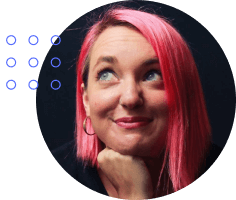
“On a basic level, it is counter to human dignity to *not* focus on it. Put another way, failure to invest in equity & belonging work in your organization is guaranteeing that you emotionally (and sometimes physically) abuse employees.
In industries with huge amounts of influence over people’s daily lives, companies risk not only their employees’ health and wellbeing, but the wellbeing of the world. Homogenous teams where only privileged voices influence build destructive products.”
– Aubrey Blanche, Director of Equitable Design & Impact at Culture Amp
3 For leaders and companies that are beginning to look at DEI, where do you recommend they start?
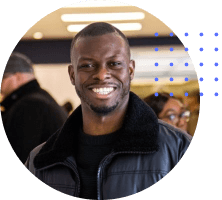
“Start by checking your own biases. The worst thing you can do is try to promote diversity without checking yourself first. Then try to empathize with other groups and understand their story.
Common barriers are people’s own beliefs of what diversity is. Diversity is not having a few token black people or indigenous people somewhere in your company; It’s having a culture that actively seeks to bring in people that look and think different.”
– Tobi Oluwole, CEO at The3Skills
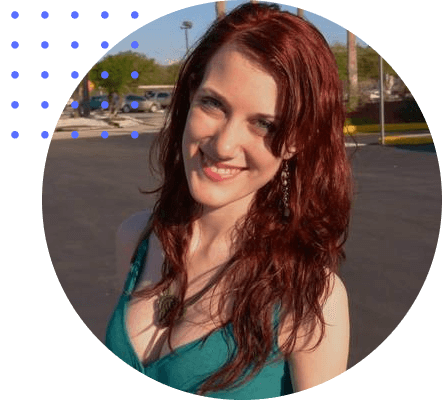
“Start with your job listings. Ask: Are you only posting in places that support a narrow audience? Does your posting wording deter certain groups? Are you creating barriers by requiring location restrictions, degree reqs, etc? Pay experts to help with this.”
– Marissa Goldberg, Founder of Remote Work Prep

“I strongly believe that DEI work shouldn’t be a stand alone project. Your first step is to assess where the pain points exists across your organization, collect as much data as you can about yourself and your community then design for inclusion. This means you have to let strategy and data lead, not tactics. So you can’t start by stating you need training.
Training is a tactic that can be employed strategically and often but what are the structural design flaws that allow for lack of training to impact inclusivity.”
– Sharon Nyangweso, CEO and Founder of QuakeLab
4 How can leaders shift their perspective around the personal discomfort they might feel when talking about these topics?

“Comfort and growth can not coexist. The idea that we can both build anti-racist organizations while upholding our comfort is something that we need to let go of. And that’s okay. Let’s challenge why these conversations make us uncomfortable.”
– Naomi Haile, DEI Consultant at QuakeLab

“In therapy, we say ‘the only way out is through’. The only way to have empathy for others is to have empathy for ourselves. Embracing our own pains from the past is what creates the discomfort. Find/create an environment where you can explore your discomfort.”
– Vessy Tasheva, founder of Vessy.com, Strategic D&I and Culture Services

“Admitting ignorance is major first step in building bridges. In our process to be more human, we have lost our humanity. Having humility will take you far. Being in DEI is like learning a language, you’ll get things wrong, but only get better when you practice.”
– Matthew J. Yazzie, Director of D+I Programs at Women 2.0
5 How can leaders create hiring processes that embody anti-racism?

“Many orgs don’t have codified guidelines for interviewing & hiring, so ‘culture fit’ takes precedence. There should be guidelines that a) people are trained on, b) are enforced by managers, and c) include information about biases so people can check themselves.”
– Angela Riggs, Quality Assurance Manager at Instrument

“Allowing senior leaders to hire from their (all- to mostly-White) networks is *active White supremacy*. Rewarding referrals from your homogenous team is *how White supremacy works*. We have to build more diverse, broad professional networks ourselves.”
– Aubrey Blanche, Director of Equitable Design & Impact at Culture Amp
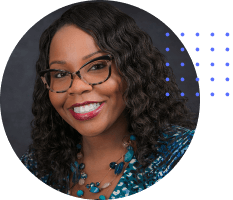
“Hiring processes that don’t include diverse representation at each step along the way: search, interview, selection, hiring and onboarding will almost certainly perpetuate institutional racism and inequity. When I had onsite interviews I would look to see if there was anyone who looked like me that was a part of the process, and well, if the only one who looked like me was getting me water or coffee, that let me know all I needed to know about your culture.”
– Myisha Gatson, Founder & CEO, Pearl Long Term Care Solutions
6 What impact can this focus on diversity and inclusion have on an organization?

“While I could give an economic reason to Diversity, Equity, and Inclusion (like $$ for diversifying your customer base), it really should be that you care about your employees, your customers and society at large.”
– Janelle Hinds, Founder of Helping Hands

“It’s important because when you don’t you can alienate an entire portion of your potential customer. That’s how you get things like what happened at Snapchat on Juneteenth or that Pepsi commercial or how it was black employees at PayPal that spoke up and lead to a $530M fund.”
– Mac Conwell, Managing Partner at RareBreed Ventures
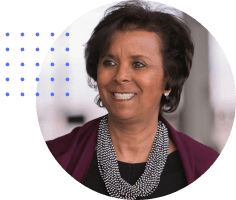
“When DE&I is applied with intentionality, innovation is the result. The more diverse and inclusive a workforce is, the more expansive the range of groundbreaking ideas, unique experiences, and diverse perspectives we have available within an organization.”
– Dani Monroe, SVP, Chief Diversity, Equity & Inclusion Officer at Mass General Brigham
For more DEI resources, see Corporate Secretary and Govenda governance professionals board diversity research report. It includes data and statistics on board diversity as well as parting advice on how to improve board diversity.


![How to Apologize Professionally In an Email [+ Templates]](https://fellow.app/wp-content/uploads/2022/06/How-to-Apologize-In-an-Email-2.jpg)






